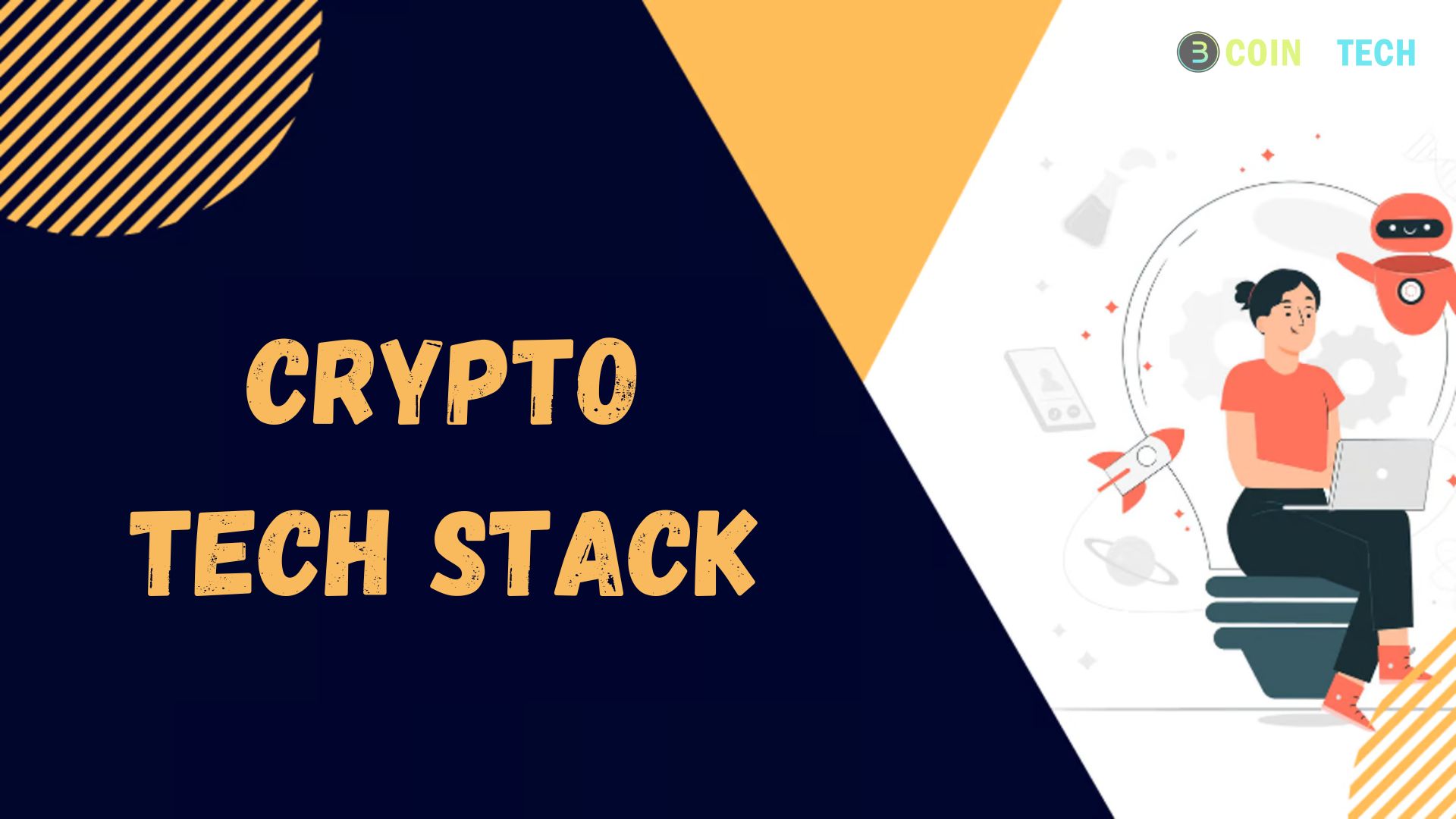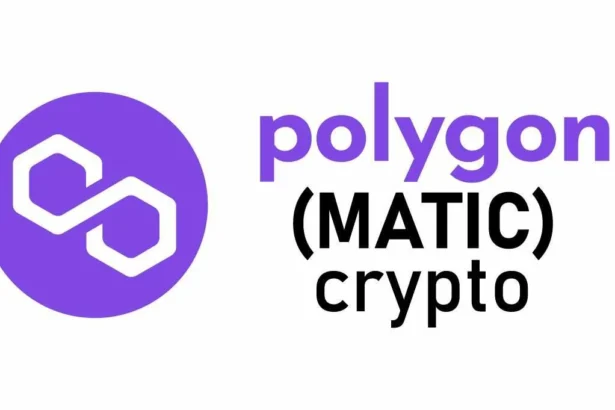Crypto Tech Stack: Over the past decade, cryptocurrency and blockchain technology have dramatically reshaped the financial landscape. At the heart of this revolution lies the crypto tech stack—a complex and evolving set of technologies, protocols, and frameworks that enable the creation, management, and secure operation of decentralized applications (dApps) and digital assets. This article explores the crypto tech stack’s current state, its key components, and the innovations driving its future.
Blockchain Protocols: The Foundation Layer
The blockchain protocol is the foundation of the crypto tech stack, which serves as the underlying infrastructure for decentralized networks. Blockchain protocols are distributed ledgers that record transactions securely, immutably, and transparently. Several protocols dominate the crypto landscape:
- Bitcoin (BTC): The original blockchain protocol, Bitcoin introduced the concept of decentralized digital currency. While primarily a peer-to-peer payment system, Bitcoin’s blockchain has inspired numerous other projects.
- Ethereum (ETH): Ethereum expanded on Bitcoin’s concept by introducing smart contracts—self-executing contracts with the terms directly written into code. This innovation enabled decentralized applications (dApps) creation, making Ethereum the leading platform for dApp development.
- Solana (SOL), Polkadot (DOT), and Cardano (ADA): These next-generation protocols offer improvements in scalability, interoperability, and governance, addressing some of the limitations of earlier blockchains.
Each protocol has its own consensus mechanism, such as Proof of Work (PoW) in Bitcoin, Proof of Stake (PoS) in Ethereum 2.0, and Proof of History (PoH) in Solana. These mechanisms ensure the network’s security and integrity while enabling decentralized participation.
Layer 2 Solutions: Scaling the Blockchain
As blockchain adoption grows, so does the need for scalability. Layer 2 solutions address this challenge by enabling faster and cheaper transactions without compromising the security of the underlying blockchain. These solutions operate on top of the primary blockchain (Layer 1) and include:
- State Channels: State channels like Bitcoin’s Lightning Network and Ethereum’s Raiden Network allow off-chain transactions later settled on the main blockchain. This reduces congestion and lowers fees.
- Rollups: Rollups aggregate multiple transactions into one transaction that is then submitted to the main chain. There are two main types of rollups: Optimistic Rollups, which assume transactions are valid until proven otherwise, and ZK-Rollups, which use zero-knowledge proofs to verify transactions.
- Sidechains: Sidechains are separate blockchains that run parallel to the main chain. They can operate independently, allowing for custom rules and features, but periodically anchor to the main chain for security.
These Layer 2 solutions are critical for the widespread adoption of blockchain technology, as they enable networks to handle a higher volume of transactions while maintaining low costs and high security.
Smart Contracts and Decentralized Applications (dApps)
Smart contracts are self-executing contracts with the terms of the agreement directly written into code. They are the backbone of decentralized applications (dApps), which run on blockchain networks without a central authority. Smart contracts have many applications, from financial services and supply chain management to gaming and digital identity.
- Decentralized Finance (DeFi): One of the most significant innovations in the crypto space, DeFi leverages smart contracts to create financial instruments and services without intermediaries. Platforms like Uniswap, Aave, and Compound have democratized lending, borrowing, and trading access.
- Non-Fungible Tokens (NFTs): NFTs represent unique digital assets, such as art, collectibles, and in-game items. They are powered by smart contracts on blockchains like Ethereum, allowing for ownership and transfer without the need for centralized platforms.
- Decentralized Autonomous Organizations (DAOs): DAOs are organizations governed by smart contracts, where token holders make decisions through a transparent voting process. DAOs are reshaping how communities and companies are managed, with projects like MakerDAO and Aragon leading the way.
The rise of dApps has created a new paradigm for the internet, often called Web3. This decentralized web is user-centric, with data ownership and control shifting from centralized entities to individuals.
Oracles: Bridging the On-Chain and Off-Chain Worlds
While blockchains are excellent at providing security and transparency, they are inherently isolated from the outside world. Oracles are services that provide blockchains with real-world data, enabling smart contracts to interact with external systems.
- Price Feeds: Accurate and reliable price data is crucial in DeFi. Oracles like Chainlink and Band Protocol provide decentralized price feeds, ensuring smart contracts can execute based on real-time market conditions.
- Cross-Chain Communication: Oracles also enable communication between different blockchains, facilitating interoperability. Projects like Polkadot and Cosmos build ecosystems where multiple blockchains can coexist and interact seamlessly.
- Data Feeds: Beyond price data, oracles can provide various types of information, such as weather conditions, sports scores, and election results, enabling a wide range of applications.
Oracles are essential for developing decentralized finance and other blockchain-based applications. They allow smart contracts to respond to real-world events.
Privacy and Security: Protecting Data in a Decentralized World
As blockchain technology matures, the need for privacy and security becomes increasingly important. While blockchains are secure by design, they are not immune to vulnerabilities. Innovations in this area include:
- Zero-knowledge proofs (ZKPs) allow one party to prove to another that a statement is true without revealing any additional information. This technology enhances privacy in blockchain transactions, with projects like Zcash and StarkWare leading the way.
- Confidential Transactions: Confidential transactions hide the amounts involved, adding an extra layer of privacy. This is particularly important in financial applications where privacy is paramount.
- Multi-Signature Wallets: Multi-signature wallets require multiple parties to sign off on a transaction before it is executed, enhancing security for individuals and organizations holding large amounts of cryptocurrency.
These privacy and security technologies are crucial for adopting blockchain in industries that require confidentiality and data protection, such as finance, healthcare, and supply chain management.
Decentralized Storage and Computing: The Future of Data Management
Traditional cloud computing relies on centralized servers owned by a few large corporations. Decentralized storage and computing offer an alternative, where data is distributed across a network of nodes, ensuring security, privacy, and resistance to censorship.
- Decentralized Storage: Platforms like IPFS (InterPlanetary File System) and Arweave provide decentralized file storage, ensuring that data is immutable and always accessible. These solutions, such as NFTs and historical records, are essential for preserving digital content.
- Decentralized Computing: Projects like Golem and Ethereum’s Virtual Machine (EVM) enable decentralized computing, where tasks are distributed across a network of nodes. This can be used for everything from scientific research to rendering graphics.
Decentralized storage and computing are critical components of the Web3 stack, enabling a more resilient and equitable internet.
Interoperability: Connecting the Crypto Ecosystem
As the number of blockchain networks grows, so does the need for interoperability. Interoperability solutions enable different blockchains to communicate and share data, creating a more connected and cohesive ecosystem.
- Cross-Chain Bridges: Cross-chain bridges, like those built by Polkadot and Cosmos, allow assets and data to move between blockchains. This is essential for creating a unified DeFi ecosystem where users can access the best features of multiple networks.
- Interoperability Protocols: Interledger Protocol (ILP) and Atomic Swaps enable seamless transactions between cryptocurrencies and blockchains, reducing friction in the crypto economy.
Interoperability is vital for the future of the crypto space, as it allows for greater collaboration and innovation across different blockchain networks.
Conclusion: The Future of the Crypto Tech Stack
Innovation and the desire to find solutions to problems with scalability, security, and interoperability are pushing the crypto tech stack to change at a dizzying pace. The boundaries between the digital and physical worlds are already beginning to blur, and they will only worsen as blockchain technology develops further.
The capacity to build a safe, decentralized, and transparent ecosystem that gives people and companies agency will determine the crypto tech stack’s future. The crypto tech stack will be essential in molding the future of finance and, more broadly, whether via the ongoing improvement of smart contracts, the incorporation of oracles, or the growth of decentralized computing and storage.






